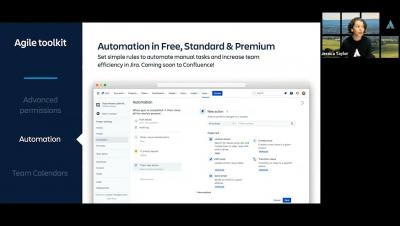Agile Meetings 101, How to conduct them properly
Agile meetings have two specific features that set them apart from regular meetings: they are focused on delivering value, and are strictly time-boxed. In fact, these two features make them quite productive, in contrast to most other regular meetings. These meetings are inseparable from an effective agile approach to product development. The reason is ingrained in the nature of agile approaches.











